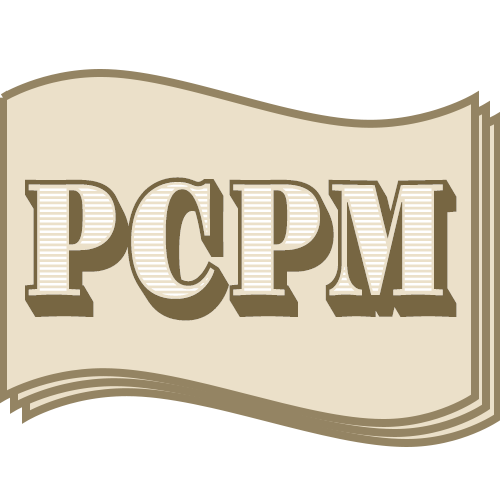Panama City
Publishing Company


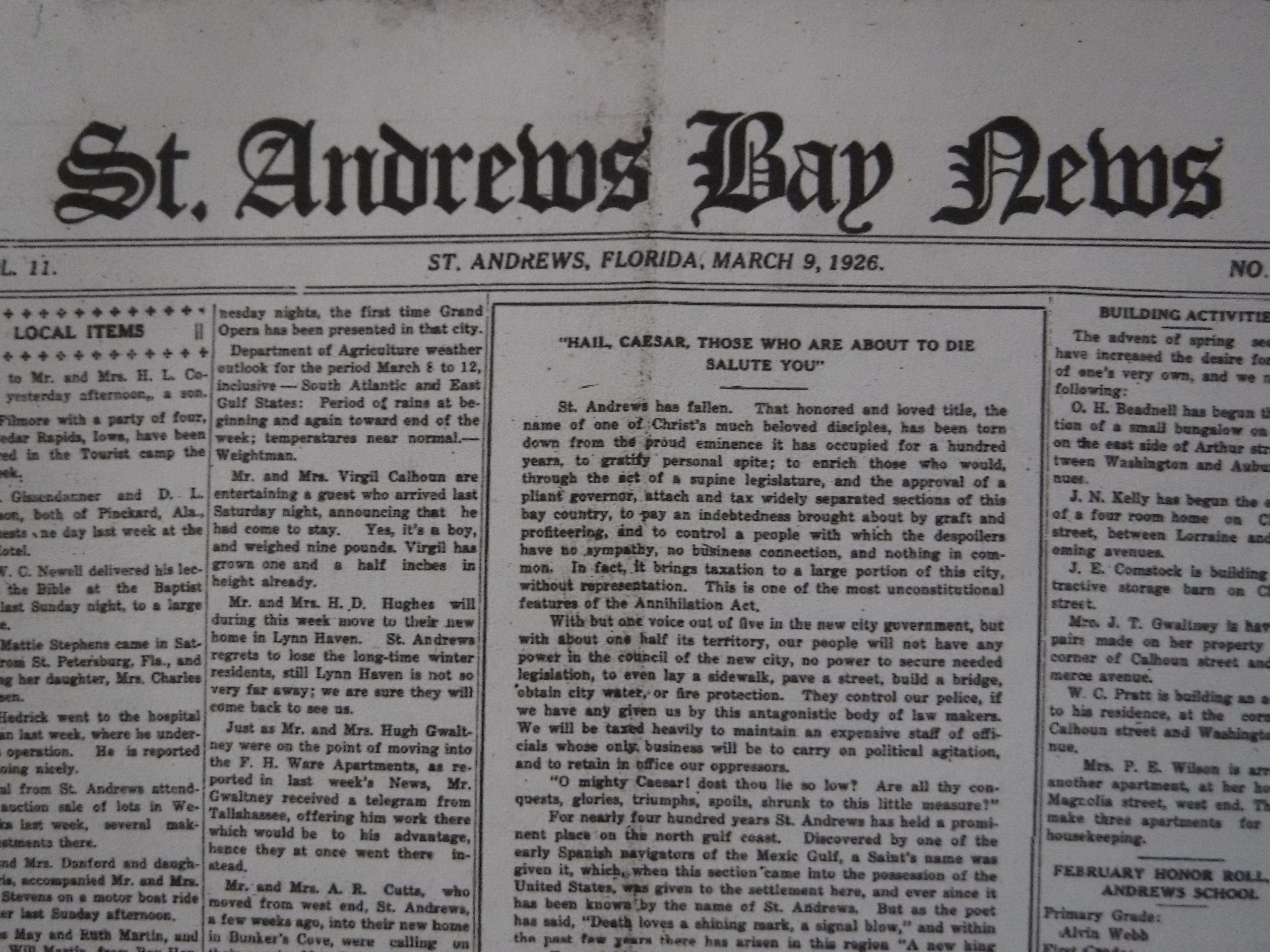
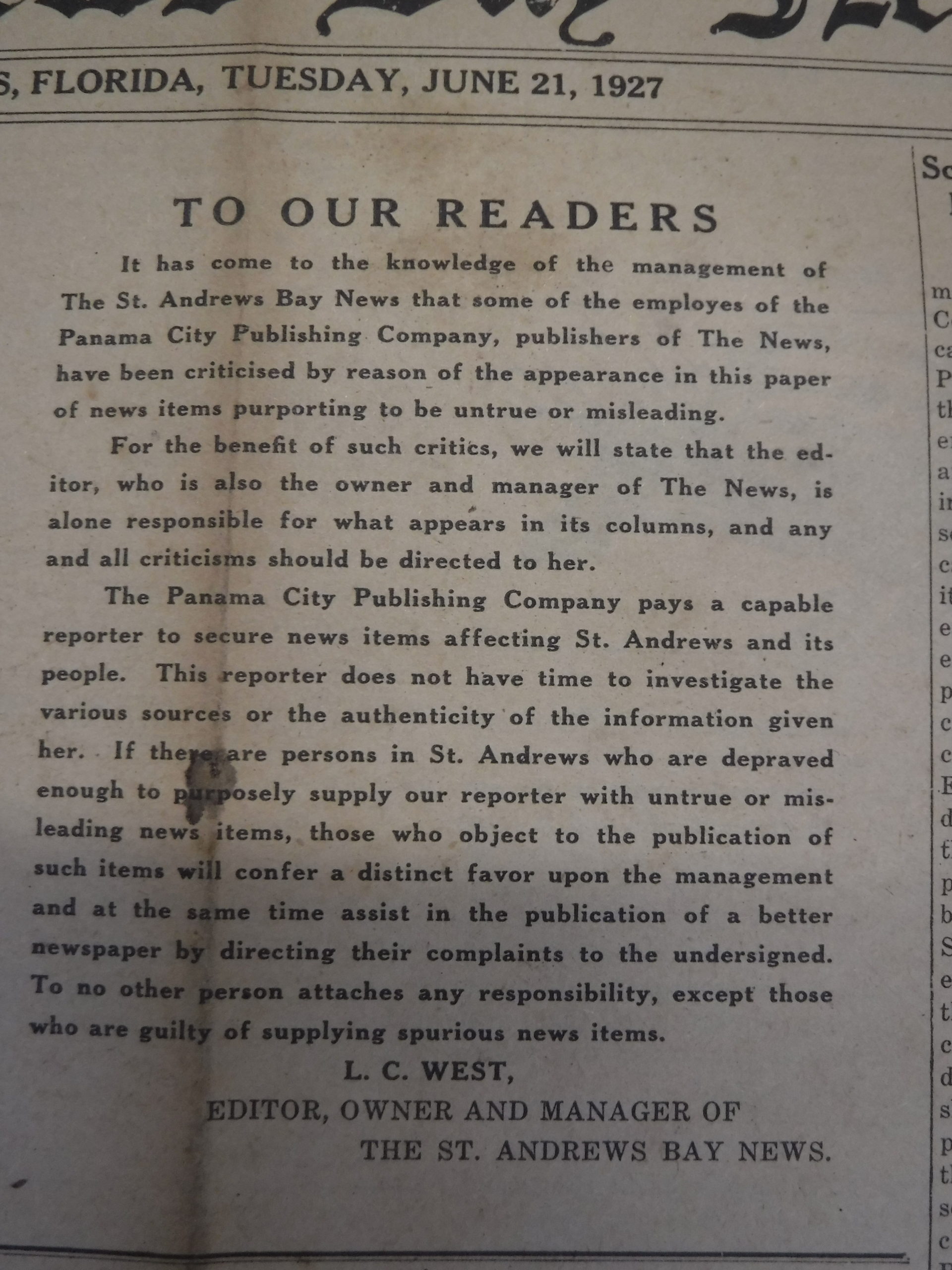

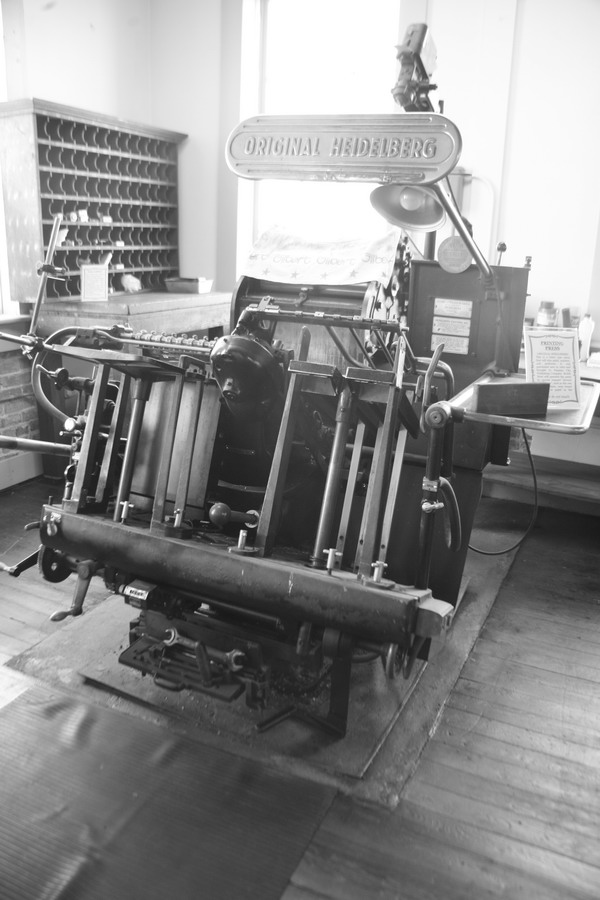

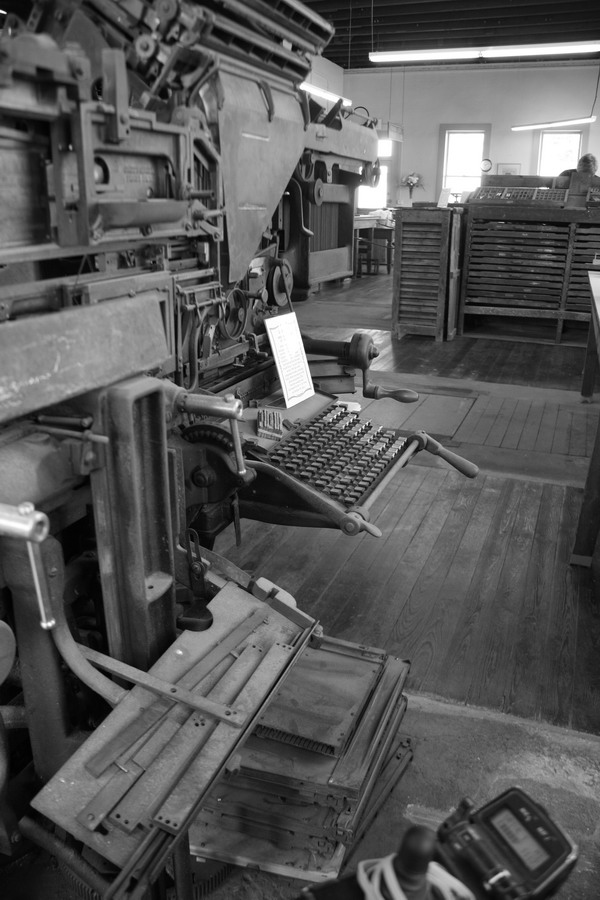
Panama City Pilot
In 1908 George West met Lillian Carlisle when she approached him to write an editorial in the Pilot supporting the East Bay Canal. A year later, the two married, and Lillian would serve as the business manager of the publishing company and would often ghost write printed editorials. Around 1917 she unofficially took over as the principal editor and would write most of the editorials from that point.
Early on, the Pilot earned a reputation for investigative journalism, such as its reporting of the alleged corruption surrounding a $100,000 road deal as well as a county sheriff who was personally selecting his jurors for court cases.
St. Andrews Bay News
Panama City Publishing Co. (pre-1938)
1918 the Wests began construction on the current Panama City Publishing building, the first brick building constructed in St. Andrews. Construction took longer than anticipated and the first reference to the publishing company using the new building appeared in 1920 in the St. Andrews Bay News. A satellite business office in Panama City was used for subscriptions and advertising. In contrast, the publishing building was used as the business headquarters and the two newspapers’ writing, editing, and printing.
By 1920 George West was in bad health, and Lillian controlled the newspapers acting as the principal editor, and George took a more supervisory role. During this time, women struggled with being respected in any position of authority, and to be taken more seriously, Lillian went by the professional name of L. C. West. The newspapers earned a liberal reputation for supporting prohibition, business regulation, and women’s suffrage while promoting honesty and integrity in government.
In 1917 a republished editorial summarized the Wests stance on women's suffrage:
“There are no longer any arguments needed in behalf of women suffrage. The refusal to permit women to enjoy the privileges of citizenship represent an injustice that has no defense, and whether this refusal comes from ignorance, egotism, or the sinister workings of evil interests that are afraid of women’s votes, it is something that works against progress and against the public welfare in countless ways…”
In 1922 they republished a scathing article from the New York Tribune addressing the political involvement of the KKK:
“…Political success will spell disaster sooner or later to the sheet and pillow case madqueraders…the Ku-Klux Klan is build up on religious and racial hatreds, drawing added membership from people who delight in flummery and fantastic costumes and who think it fine fun to terrorize communities in disguise, so there is the least possible chance of being caught at it.”
As the popularity of the consolidation of Panama City, Millville, and St. Andrews grew, the Wests used the newspaper to disseminate an anti-consolidation message, a stance shared by many St. Andrews residents. Locals often thought that the viewpoints expressed in the Pilot and News were a more accurate reflection of their thoughts and ideas.
George West died in 1926, and Lillian West officially took over as the business manager and editor of the newspapers. Before his death, the publishing company formed a third newspaper, the Lynn Haven Free Press, serving the nearby community of Lynn Haven. A second satellite business office was opened in Lynn Haven, but the Free Press newspapers were printed in the publishing company building. With Lillian leading the way, the newspapers continued to be a voice for liberal viewpoints in the community. All three papers supported Franklin Roosevelt’s New Deal in the 1930s.
In 1931 a competing paper, the Bay County Herald, was established and eventually renamed the Panama City Herald. Lillian’s papers were weeklies, whereas the Herald was a daily paper that had more financial resources at its disposal. The mounting pressure from the new competition was difficult for Lillian, and in 1937 she accepted a buyout offer from John Perry, the publisher of the Panama City Herald. Perry merged the Wests St. Andrews Bay News with the Panama City Herald, creating the Panama City News-Herald, a daily still in existence in Panama City today. The Panama City Pilot and the Lynn Haven Free Press continued to be published weeklies for a while, but in 1941 publication ceased on the Pilot and the publishing company disassociated itself from the Free Press.
Panama City Publishing Co. (post-1938)
When housing was sparse for shipyard workers during World War II, Lillian partitioned part of the publishing building using half for the printing business and the other half for housing workers. In 2005 the building was sold to Panama City to convert it into a historical museum; after years of renovation and restoration, the city opened the museum to the public in 2008.
